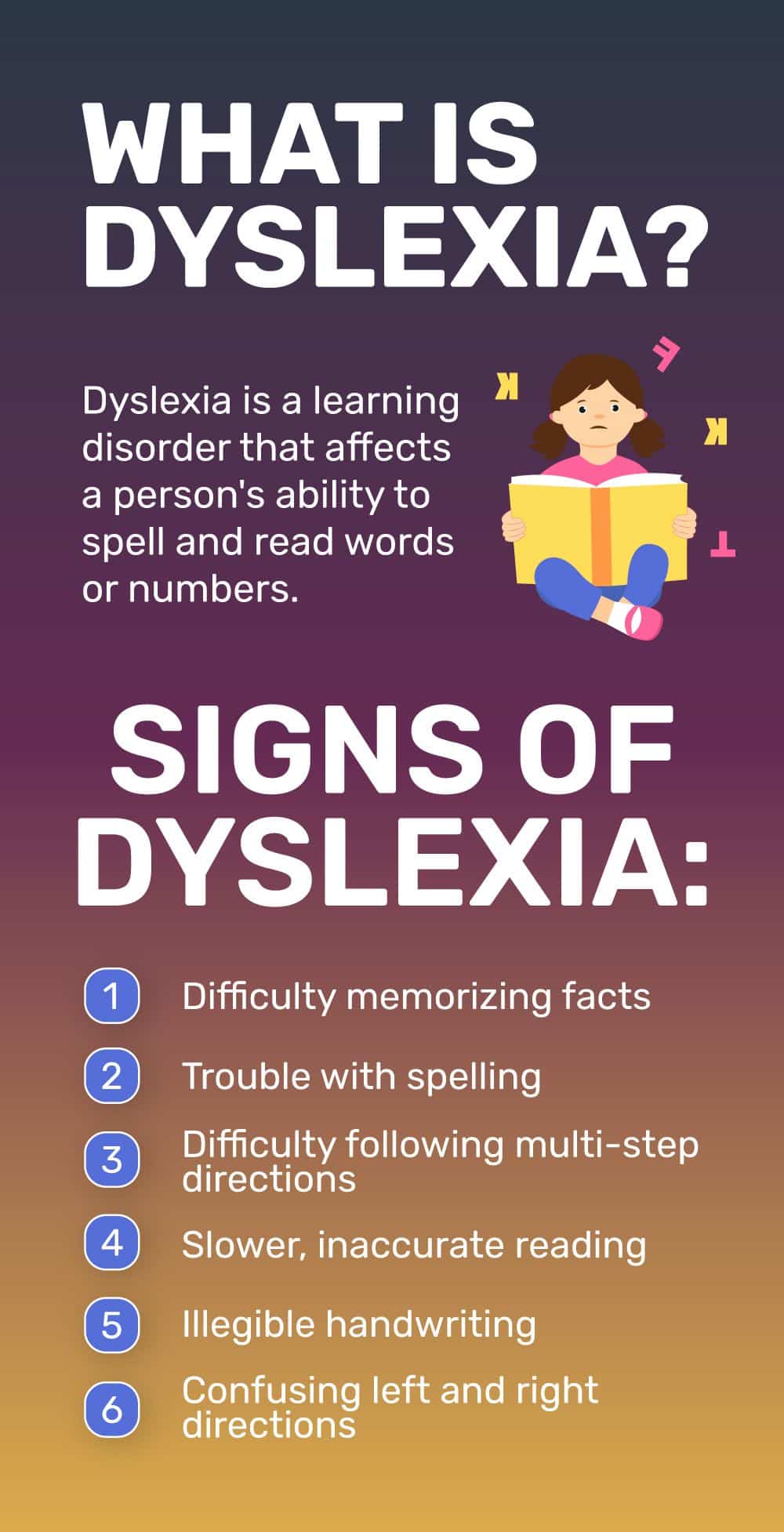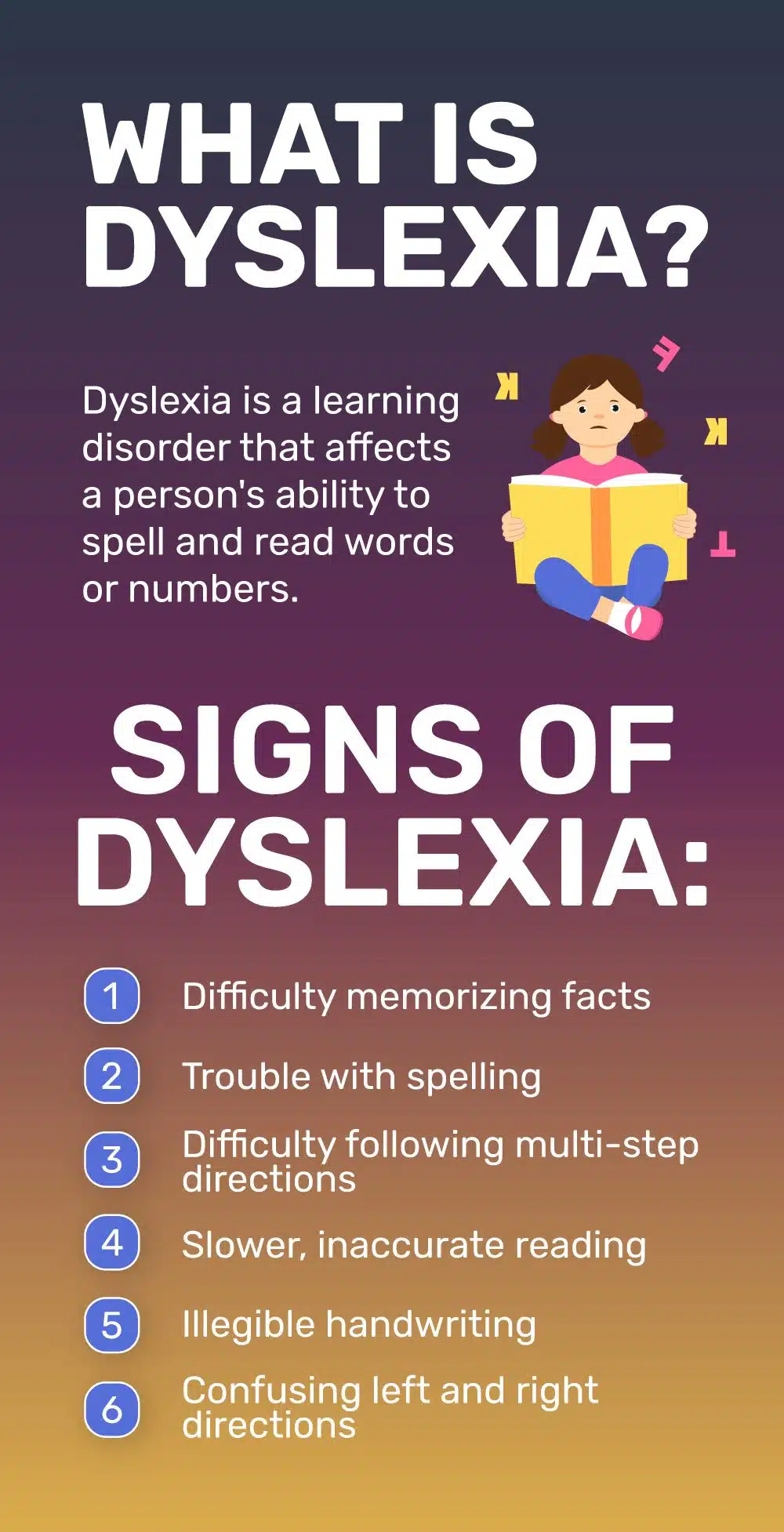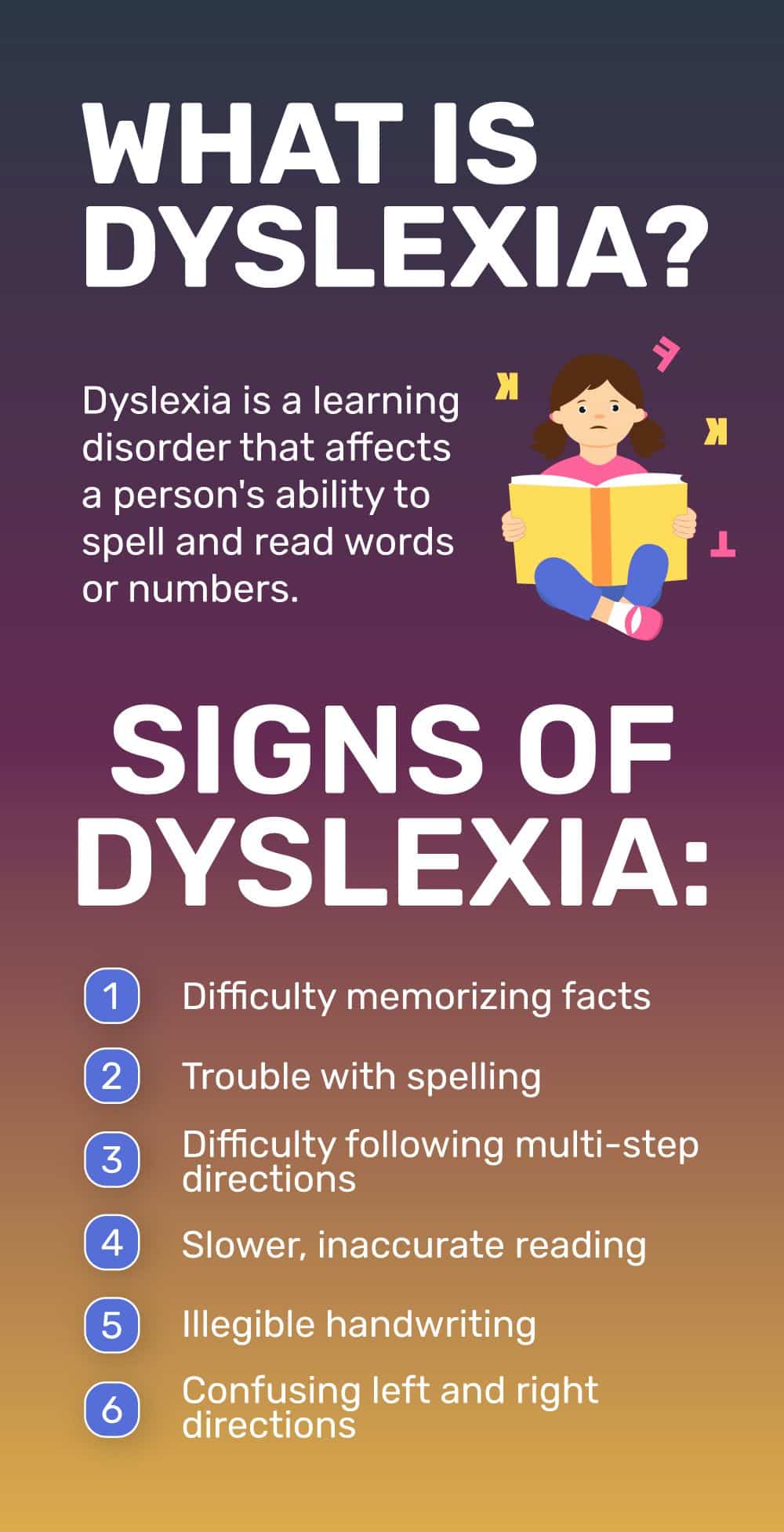Recognizing the symptoms of surface dyslexia is the first step in providing targeted support for your child’s reading journey. These signs may manifest uniquely, impacting their approach to written words.
- Difficulty with Irregular Words: Struggles to recognize and remember irregularly spelled words.
- Visual Memory Challenges: Exhibits reduced reliance on visual memory when reading.
- Word Recognition Issues: Faces difficulties recognizing words based on their visual appearance.
- Phonetic Strengths: Often compensates with strong phonetic decoding skills.
Understanding these symptoms empowers parents to tailor interventions, such as incorporating visual learning techniques and word recognition games, fostering a more effective learning environment for children with surface dyslexia.











